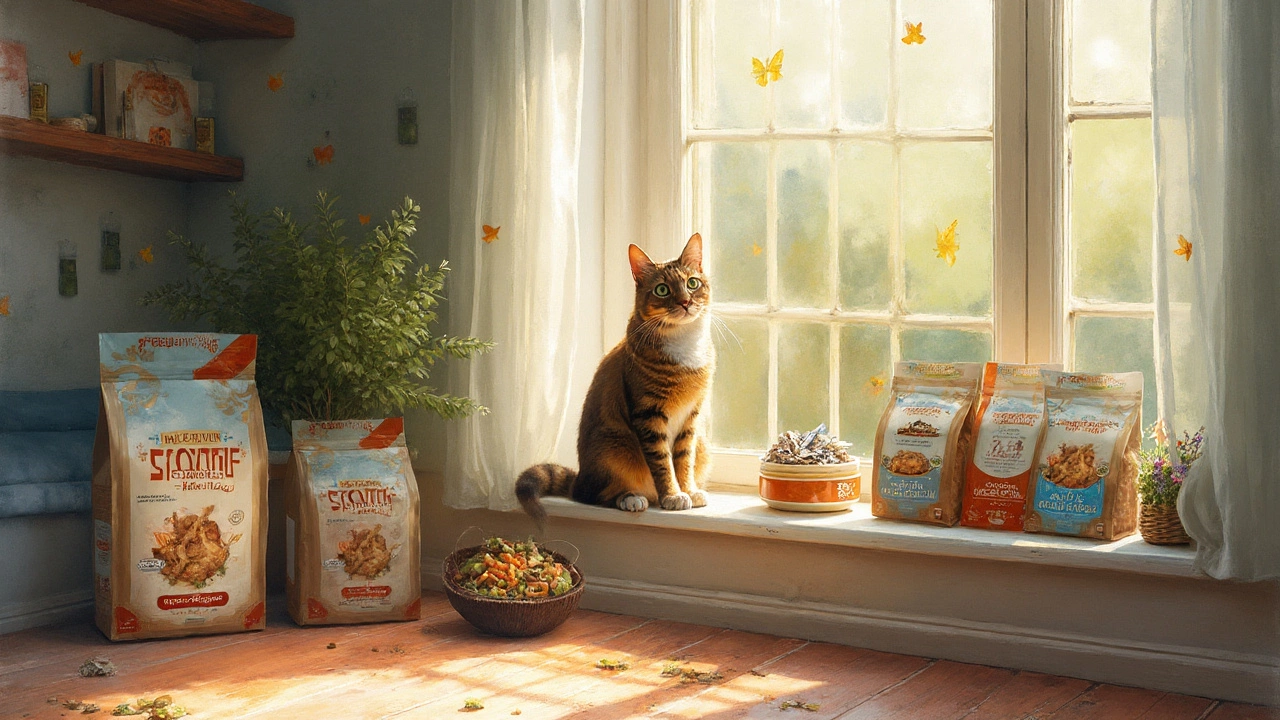Cat Diet Tips: Simple Ways to Keep Your Feline Healthy
Feeding a cat might seem easy – just pour some kibble and you’re done. But the right diet does more than fill a bowl. It supports glossy coats, strong muscles, and a calm temperament. Below are straight‑forward tips you can start using today.
Portion Sizes and Feeding Frequency
Most adult cats do fine with two meals a day. Splitting the daily calorie goal into morning and evening meals prevents overeating and helps with digestion. Use the feeding guide on the cat food package as a starting point, then watch your cat’s weight. If they’re gaining, cut the portion by about 10%; if they’re losing, add a little more.
Measure every serving with a kitchen scale or a proper scoop. Guessing “a handful” often leads to extra calories, especially with dry food that’s easy to over‑serve. And remember: treats should never exceed 10% of daily calories. A couple of small tuna bites or a few kibble pieces are fine, but the bulk of nutrition must come from a balanced diet.
Choosing the Right Foods
Look for cat food that lists a high‑quality animal protein first – chicken, turkey, or fish. Cats are obligate carnivores, so they need real meat, not just meat by‑products or fillers. A good label will also show an AAFCO statement, meaning the food meets basic nutrient requirements.
If you’re feeding wet food, aim for at least one can per day for most cats. Wet food provides moisture, which helps prevent urinary issues. For dry kibble lovers, add a water bowl or a shallow dish of water near the feeding spot so your cat gets extra fluids.
Some owners like to mix wet and dry for texture variety. That works as long as the total calories stay in check. Avoid home‑cooked meals unless you’ve consulted a vet or a pet nutritionist – missing nutrients can cause health problems fast.
Be cautious with human foods. A tiny piece of cooked chicken is safe, but onions, garlic, grapes, and chocolate are toxic. If you’re ever unsure, stick to cat‑specific treats.
Finally, keep an eye on your cat’s coat and energy. A dull coat, excessive shedding, or lethargy can signal a nutritional gap. Adjust the food brand or type, then monitor for a week or two. Most cats respond quickly to better nutrition.
Remember, every cat is unique. Breed, age, activity level, and health status all affect calorie needs. Senior cats may need food with joint support, while active indoor hunters might thrive on a higher protein formula.
By measuring portions, feeding twice daily, and choosing protein‑rich, AAFCO‑approved foods, you give your cat a solid nutritional foundation. Add fresh water, limit treats, and stay observant – the results will show up in a happy, healthy feline friend.
Healthiest Cat Food for Indoor Cats: Top Picks and Nutrition Tips
Wondering what the healthiest cat food for indoor cats is? This guide breaks down what makes the best diet, ingredients to look for, and expert tips for happy, healthy felines.
